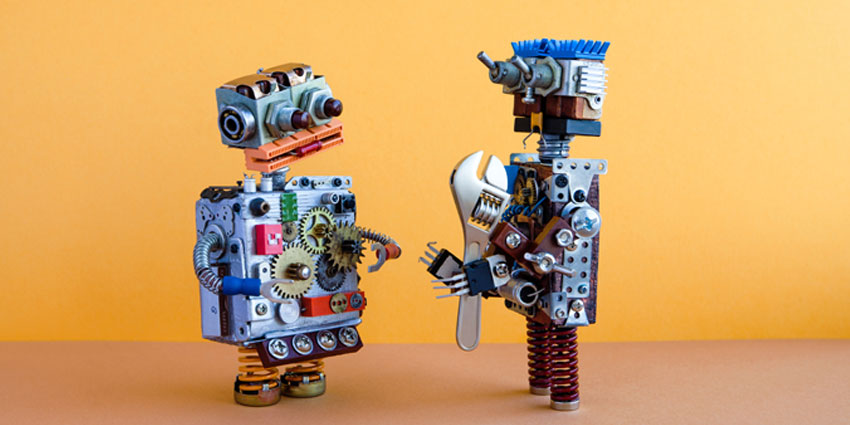As 2018 drew to a close, I sat down with Michael Affronti, VP of Product at Fuze, to discuss how he’d seen machine learning and artificial intelligence (AI) change over the course of the last year.
Machine learning means different things to different people. What does it mean to Fuze?
“My father says it’s Terminator and my mother thinks it’s virtual assistants.”
“What’s funny is that it’s somewhere in the middle. Within Fuze, it’s about enabling technology on top of the Fuze platform. We’re a UC provider for information workers. So, if I reach out to a colleague, the Fuze platform could prompt me that when I’m planning to call that colleague, it might not be the best time. Based on different semantics, UC platforms can become infinitely smarter”.
Are we enhancing things like presence to reflect true availability?
“That’s a very simple but very relatable scenario. If my colleague works from home every Wednesday, the machine learning tells me that I will get a response immediately to an instant message rather than calling and missing her every Wednesday because they are spending time with their family.
Taking it further than presence, we have some very forward thinking customers that challenge us and push us to design around various machine learning sources. On the other hand, we have non-technology aware companies that we’re helping them decide which modalities to communicate in.
Unlike a lot of other providers, we can look out for your entire organisation rather than addressing machine learning scenarios in silos. Our value prop at Fuze is saying, not only are you going to make your users happy today, we’re looking out for all departments in the future too”.
What’s the difference between AI and machine learning?
“As far as what Fuze are doing, machine learning things is things like presence, notifications and user experiences. We’re making these smarter and better, learning about behaviour and past patterns. Artificial intelligence is more about doing things for you. Say we’re in a Fuze meeting and nobody records it so you have to take minutes and manually issue follow up. Let’s intsead record and transcribe the meeting then apply some artificial intelligence to trigger all distribute the follow up actions.
Machine learning brings your personalisation to an extreme high and artificial intelligence starts to do things for you. Even the example of just taking meeting minutes and distributing actions could save hours per week. Multiply that by all your users across the year and you’ve earned a lot of money back in productivity“.
Do you see businesses still wary of AI and machine learning in the workplace?
“Consumerisation of the technology experience happened with instant messaging around 10 years ago. This is happening now with virtual assistants. If you think about the fact that there’s a least one Alexa in 40% in homes in the US, consumerisation is key. Consumerised adoption of these technologies will drive broader adoption of things like virtual assistants in the workplace.”
“According to our Workforce Futures report, 66% of workers are not worried about machines taking over their jobs”.
What do we know now about AI and machine learning that we didn’t this time last year?
“I wouldn’t say we didn’t necessarily know this, but now it’s documented that under 35 year olds are the most sceptical about artificial intelligence. They are the ones that are the most aggressively using it as the early adopters. They constantly poke and prod this technology so they’ve found the gaps. My hypothesis is that this scepticism will reduce over the next year but not completely. We have to introduce this technology over larger data sets to leverage the most out of these technologies. Consumers want easy”.
I thoroughly enjoyed talking to Michael and enjoyed how refreshing the Fuze view on machine learning is. It’s not about what imagining what machine learning can’t do, it’s about experiencing what machine learning can do.






